You are using an out of date browser. It may not display this or other websites correctly.
You should upgrade or use an alternative browser.
You should upgrade or use an alternative browser.
lets see pics of traction bars
- Thread starter alldiesels
- Start date
90whitecherokie
Rookie with the goods
- Joined
- Mar 7, 2012
- Messages
- 4
Nice set.:rockwoot:
Bars that is!!!:bang
we like!!!... the bars to!!
Sportster1208
New member
- Joined
- Nov 14, 2011
- Messages
- 459
East Coast Diesel traction bars
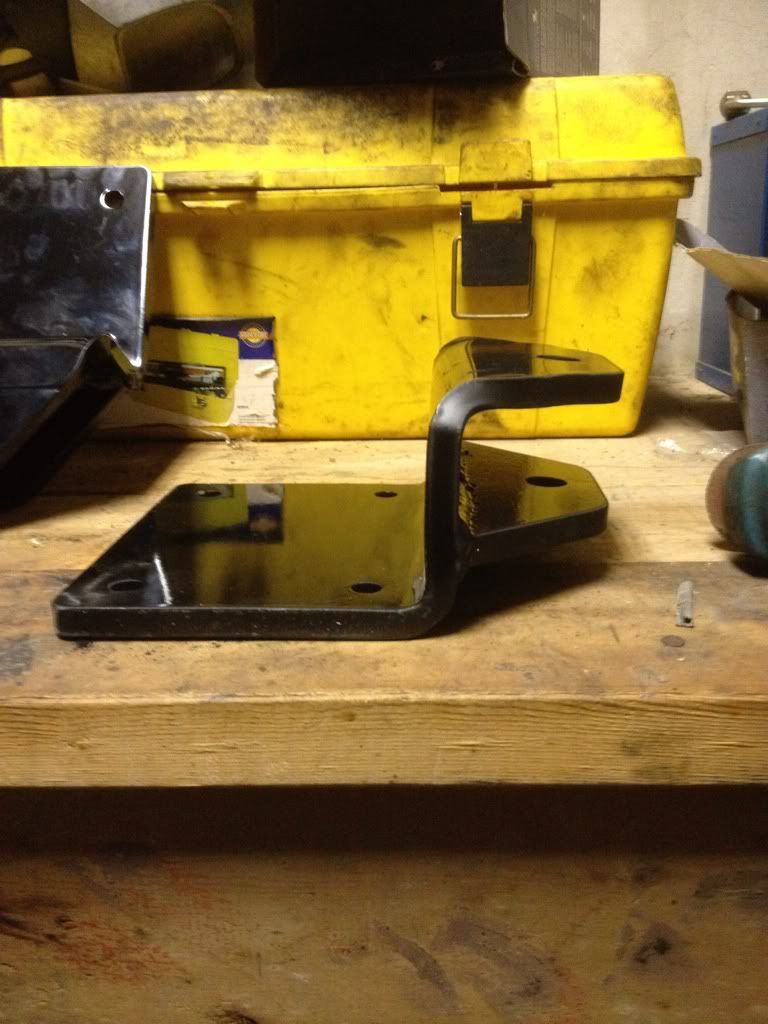
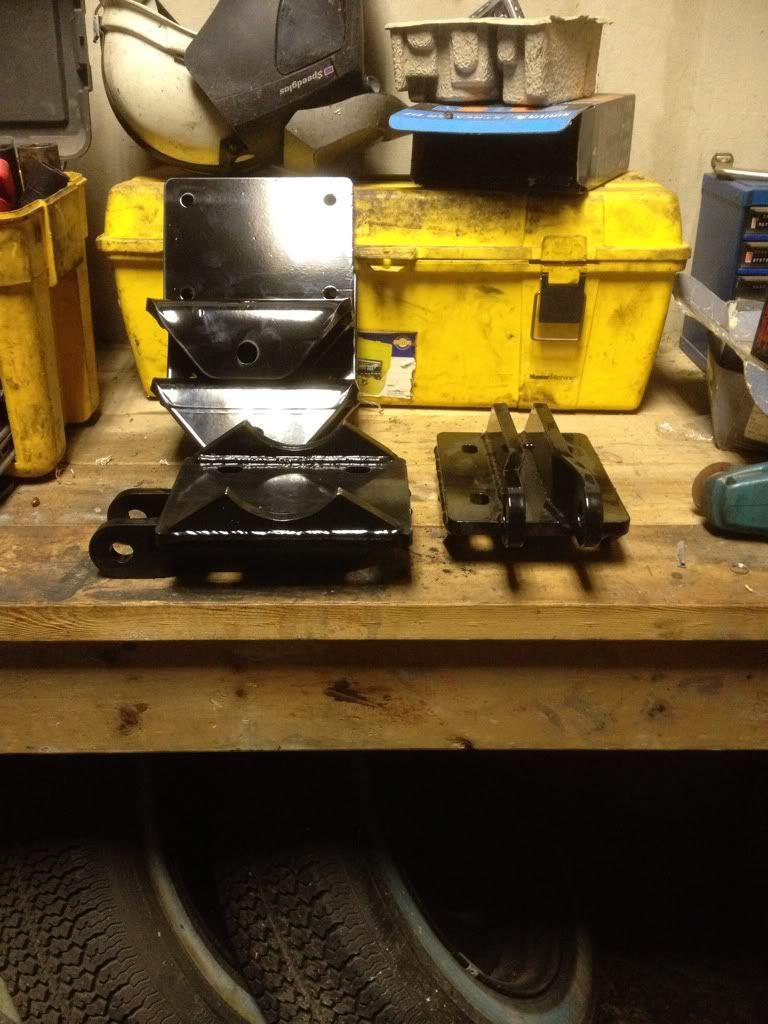

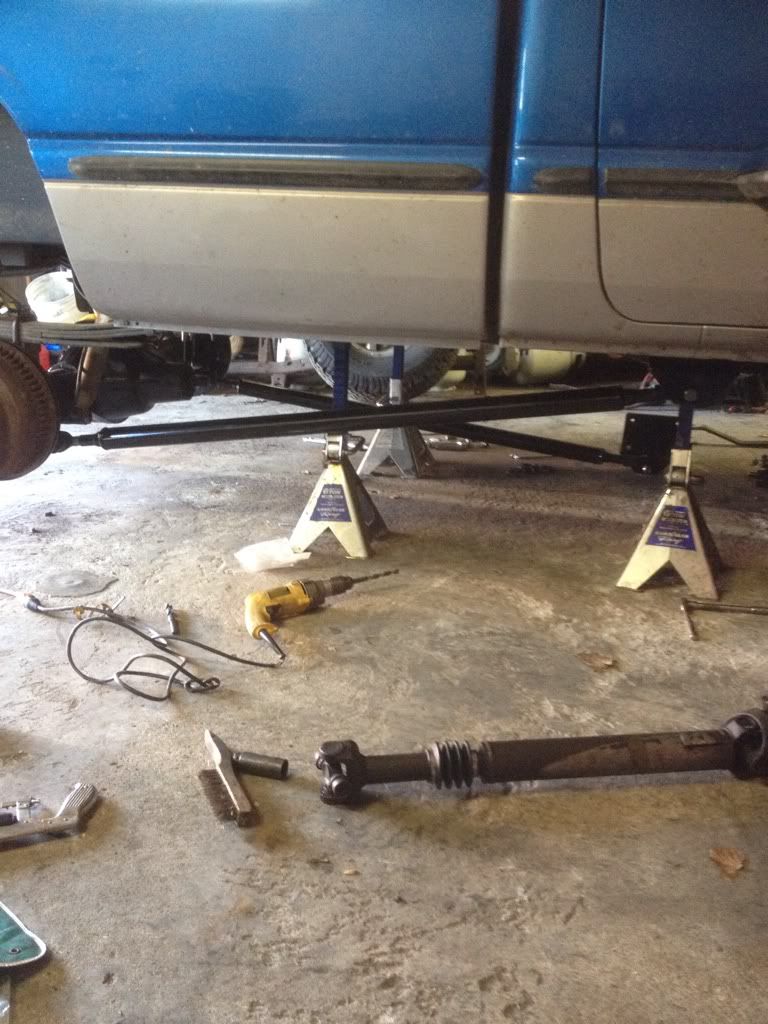




young12valve
teach me everything
- Joined
- Sep 22, 2010
- Messages
- 1,113
What do you guys think about this design? I saw it on fb and I am wondering if this would be considered over kill.


kleann
VP44 pwr
- Joined
- Aug 23, 2008
- Messages
- 4,388
East Coast Diesel traction bars




Usually I don't like the premade bars people buy, but those actually look nice!
Sportster1208
New member
- Joined
- Nov 14, 2011
- Messages
- 459
They are the strongest looking bars I've come across sold by a vendor! Your not breaking these!
neilden
ready to kick some ass
- Joined
- Aug 12, 2008
- Messages
- 616
What do you guys think about this design? I saw it on fb and I am wondering if this would be considered over kill.

Well past overkill unless their planning on only using the springs for lateral stability.
Sent from my SPH-D710 using Tapatalk
SSpeeDEMONSS
Still Learning
- Joined
- May 11, 2006
- Messages
- 3,370
would that suspension even move?
Garrett
Garrett
RockinRam96
Active member
- Joined
- Sep 15, 2011
- Messages
- 2,700
Alright guys. After looking at 28 pages of ladder bars, it seems as though there are a million and one ways to make them. So, I have just a few questions. I am working on a work stock puller. I want the use of my suspension, per the rules I need to allow for 3" of suspension travel. From what I gather the bars need to be at the same angle as the drive shaft to prevent binding, correct? Also if I want full use of my suspension the bars need to be hinged at either end. If I weld the bars to the axle housing and hinge them on the frame I will still get binding of the suspension, correct? But if I hinge either end of the bar will I completely eliminate the axle wrap?
Also I was considering making a set of triangular ladders bars. With one main bar running from the underside of the axle to the frame. A second bar from above the axel back to the main bar. if I do this all 3 points need to be hinged, correct? And if the top bar is level and not at the same angle as the drive shaft will it cause binding.
I was considering using 1.5" steel tubing with 0.125" wall thickness. Will this be heavy enough?
Any insight is greatly appreciated. Never built a set of ladder bars before and my dad and I are going round and round about how to build them. Thanks.
Also I was considering making a set of triangular ladders bars. With one main bar running from the underside of the axle to the frame. A second bar from above the axel back to the main bar. if I do this all 3 points need to be hinged, correct? And if the top bar is level and not at the same angle as the drive shaft will it cause binding.
I was considering using 1.5" steel tubing with 0.125" wall thickness. Will this be heavy enough?
Any insight is greatly appreciated. Never built a set of ladder bars before and my dad and I are going round and round about how to build them. Thanks.
1JP
New member
- Joined
- Jan 20, 2008
- Messages
- 141
I would believe the suspension travel would be from what your suspension stops were set at. Same angle as the driveshaft? If you had a four link rear setup or something similar I can follow, but the leaf springs are the rear suspension. They're not known for big articulation, they're limited by length and spring rate. The bars are to prevent the pinion from seeing what the bed floor looks like. To stop or limit the axles natural upward rotation under throttle. Keeping in mind, this adds stress to the axle tubes. The pinion always wants to rotate up even with bars being added. By isolating the tubes, you will always run the risk of the center section still rotating, breaking the plug welds. Welding the tubes to the center section and or adding a pinion link will help stop that movement and binding won't be an issue. But, it's going to take some horsepower to break those plug welds.I want the use of my suspension, per the rules I need to allow for 3" of suspension travel. From what I gather the bars need to be at the same angle as the drive shaft to prevent binding, correct?
I threw a vid together a few years back. My friends 97 Ford, twin turbo 12v. I mounted a camera under his truck (pre-GoPro and its mounting gear) LOL before and after the traction bars. The bars mounted to the leaf spring u-bolt plate, not welded to the axle. Just shows a before and after.
Before
http://youtu.be/3g6pSk-8oAE
After
http://youtu.be/h2DgTMNT1Hs
1JP
New member
- Joined
- Jan 20, 2008
- Messages
- 141
Looks like the beginning of a four link rear?Well past overkill unless their planning on only using the springs for lateral stability.
cumminsman315
New member
- Joined
- May 22, 2009
- Messages
- 987
I am surprised how much the axle still moves with the bars mounted.
But in the video they also were not welded to the axle, just the leaf spring brackets
97crewcab
Wrong.
- Joined
- Aug 1, 2006
- Messages
- 2,804
But in the video they also were not welded to the axle, just the leaf spring brackets
I still think that is a lot of movement with a traction bar. Maybe I just assumed that they bars eliminated more wrap than that. I would say most of bars the are attached to the leaf spring brackets in some way. I guess I need to attach my gopro to our puller and our drag truck to see how our bars work, which are attached to the leaf spring brackets.
1JP
New member
- Joined
- Jan 20, 2008
- Messages
- 141
CorrectBut in the video they also were not welded to the axle, just the leaf spring brackets
I have brackets welded to the tube.I would say most of bars the are attached to the leaf spring brackets in some way. I guess I need to attach my gopro to our puller and our drag truck to see how our bars work, which are attached to the leaf spring brackets.
I still need a damn GoPro

ramthiscummins
New member
- Joined
- Sep 8, 2010
- Messages
- 589
Updated my traction bars awhile back, just posting a couple pics now. Ballistic joints front and rear, 2.5" dom tube 3/8" wall, Ball nose milled for a little kick.
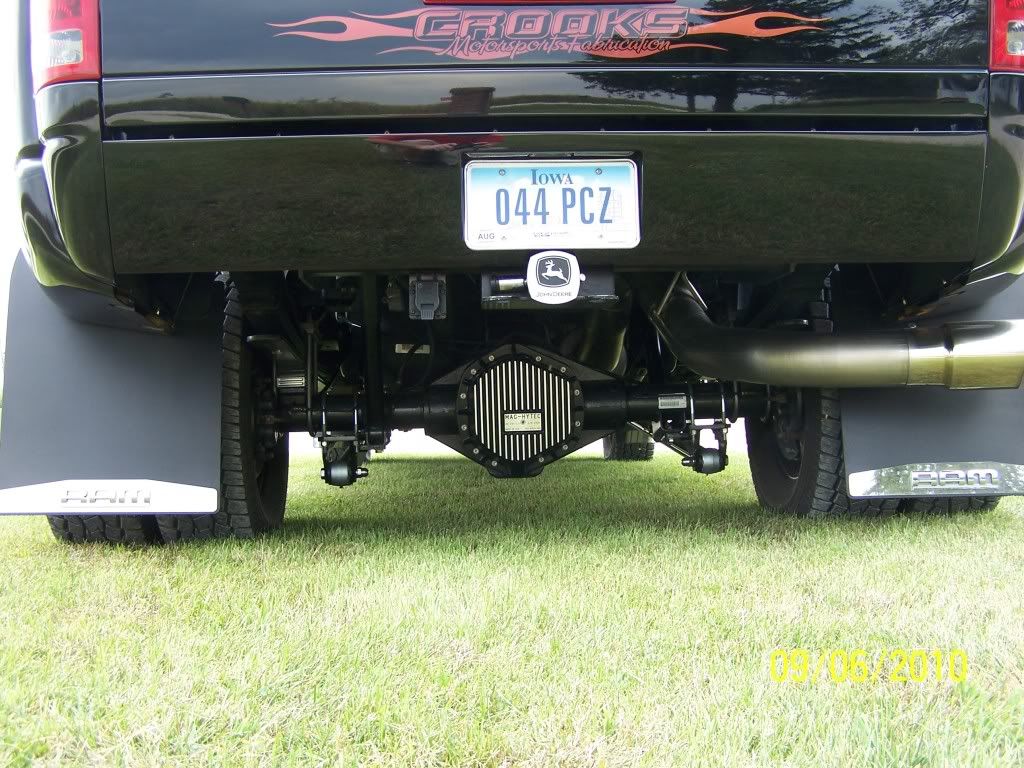
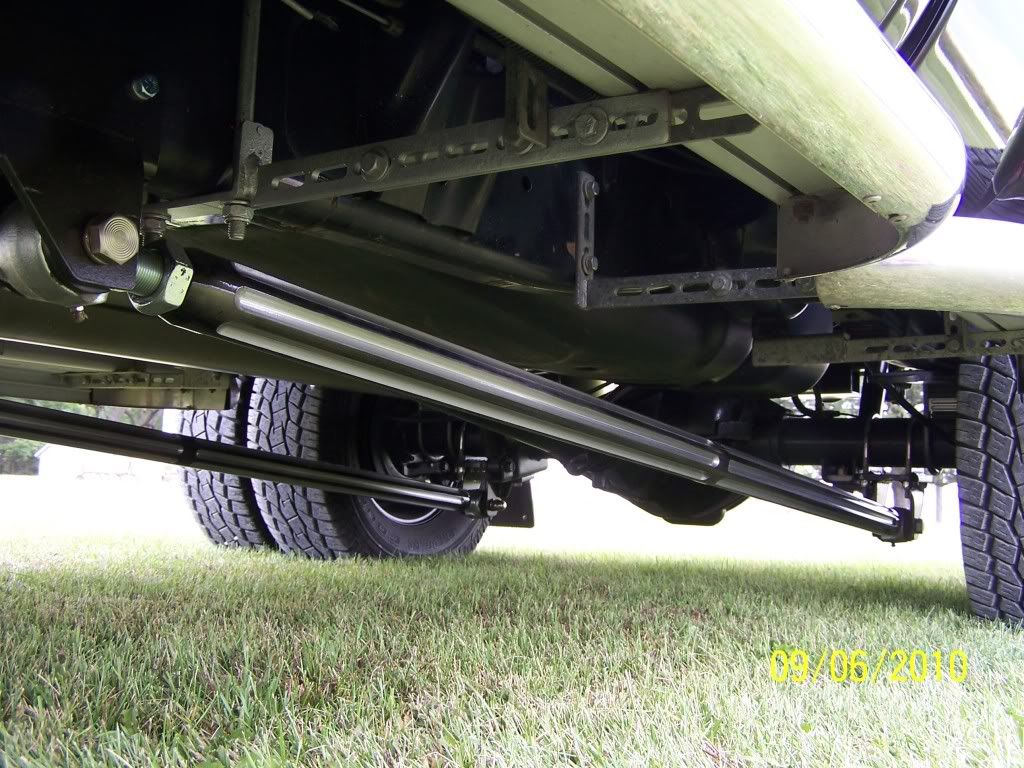
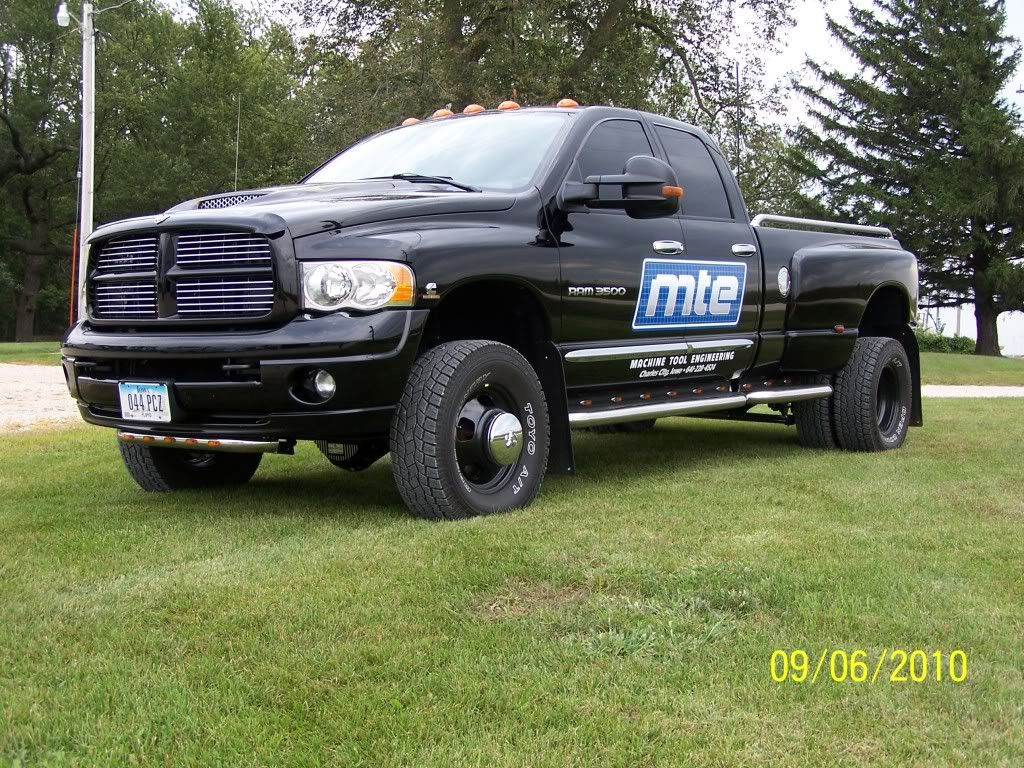
beef :rockwoot:
Last edited:
snoxracer
New member
- Joined
- Aug 13, 2007
- Messages
- 149
beef :rockwoot:
Thanks!
I like to go the extra mile I guess, look at the bolt heads, I just had to play around on the lathe.
Dustin
bullhauler7
New member
- Joined
- Jan 3, 2012
- Messages
- 35
trac bar set up...?
im gonna make a set of trac bars for my truck this weekend, and i've seen people on here say to make them long as possiable... but a old timer told me to make them the same angle as your driveshaft..... so when your truck sqwats goin down the track the bars wont work/ fight against each other and put extra stress on the drivetrain. any truth to what the old er and wiser ex 4wd truck puller told me or is he just old and crazy?
im gonna make a set of trac bars for my truck this weekend, and i've seen people on here say to make them long as possiable... but a old timer told me to make them the same angle as your driveshaft..... so when your truck sqwats goin down the track the bars wont work/ fight against each other and put extra stress on the drivetrain. any truth to what the old er and wiser ex 4wd truck puller told me or is he just old and crazy?
Jacob 76
Let'er Buck
- Joined
- May 3, 2011
- Messages
- 365
This has been discussed before on here. With that said, the answer is kindof. The reason for the "driveshaft rule" is for long travel off road suspensions that would need a ton of slip yoke if the suspension didn't cycle in the same arc as the driveshaft. Also, they need to be the same length as your driveshaft if you want to follow the rule precisely because even if the bars/link are parallel with the driveshaft they won't cycle in the same arc if they have different lengths. Meaning your frame mounts would need to be at the same spot (front to rear along the frame) as your last pivot point of the driveshaft before the axle, whether that's the output of your transfer case or your carrier bearing. Unless your building a prerunner or rock crawler, don't worry about it.
